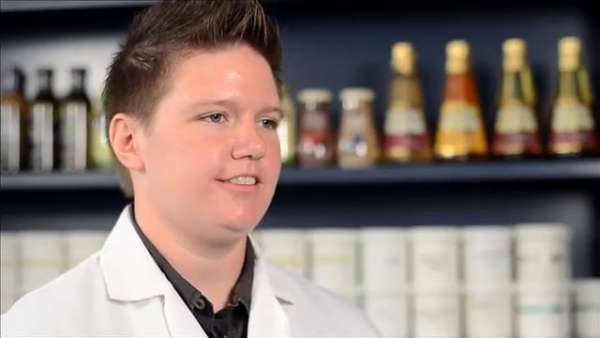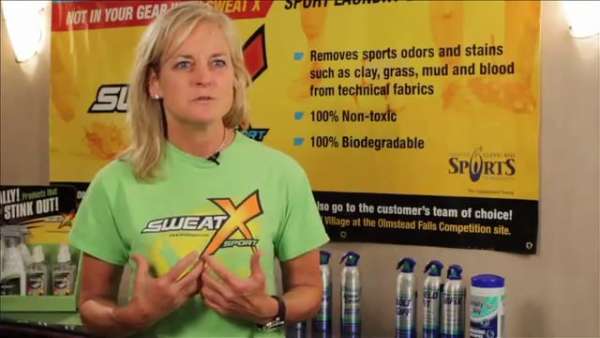STEM in agriculture
Lessons
# STEM applications in agriculture
Students complete the STEM in agriculture e-learning course.
Files
# Innovations in agriculture
Students discover an ag innovation and present it to their classmates.
Files
Teacher background
Only 1–2% of the United States population is directly involved in farming. However, nearly 60,000 job positions requiring a bachelor’s or higher degree are expected to be open annually in the food, agriculture, renewable natural resources, and environment (FARNRE) industries through 2025. Only about 36,000 new graduates with bachelor’s or higher degrees in agriculture related fields will be available annually to fill them, leaving nearly 23,000 (or 30%) of jobs to be filled by graduates with other majors. The supply is less than the demand needed, particularly in the areas of Management and Business, Science and Engineering, and Food and Biomaterials Production. (Source: USDA, 2020.) As a result, we need people who are not majoring in agriculture to consider rewarding and good-paying jobs related to agriculture.
In Ohio, nearly half of the acres are currently being farmed. Agriculture is Ohio’s number one industry. Our statistics show that one in eight jobs in the state are related to agriculture. There are many major food production facilities that call Ohio home, such as Nestlé, Marzetti, Cargill, Campbell’s, Dei Fratelli, Dannon and many more providing jobs in food science and quality control. Buying, selling and moving harvested and processed crops provide another area of careers in finance, transportation and logistics. Every facility has a human resources and legal department as well as sales, customer service, maintenance and marketing departments. There are many jobs in agriculture!
Next gen science standards
Science and engineering practices
- Asking questions (for science) and defining problems (for engineering)
- Constructing explanations (for science) and designing solutions (for engineering)
- Obtaining, evaluating, and communicating information
Crosscutting concepts
- Cause and effect
Disciplinary core ideas/content
- ESS3C Human impacts on Earth systems
- LS1D Information processing
- LS2C Ecosystem dynamics, functioning and resilience
- ETS1 Engineering Design
- ETS1A Defining and Delimiting an Engineering problem
- ETS1B Developing possible solutions
- ETS1C Optimizing the design solution
- ETS2 Links among Engineering, technology, science and society
- ETS2A Interdependence of science, engineering and technology
- ETS2B Influence of engineering, technology and science on society and the natural world





Share this